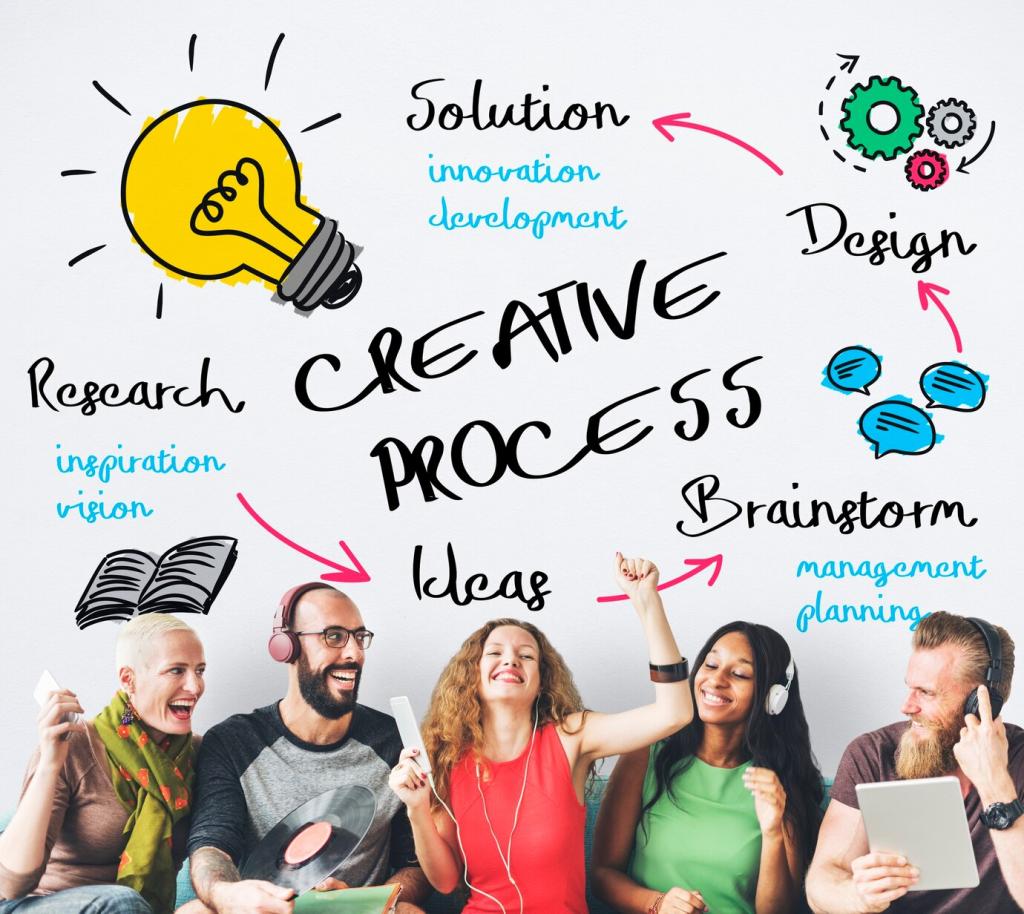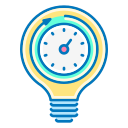
Minimalist Interior Design for Focused, Efficient Workspaces
Theme chosen: Minimalist Interior Design—Creating Focused and Efficient Work Environments. Discover how fewer, better elements sharpen attention, reduce friction, and elevate daily performance. Share your biggest clutter challenge in the comments and subscribe for weekly minimalist work insights.
Foundations: Less, But Purposeful
Start by listing the three outcomes your workspace must support—deep work, quick collaboration, and recovery. Remove or relocate anything that does not directly serve those outcomes. Then, document your new rules so clutter stays out, and clarity stays in.

Foundations: Less, But Purposeful
Map the path your body takes between desk, storage, and collaboration zones. Shorten reaches, clear sightlines, and prioritize legroom. Choose fewer, adaptable pieces that support purposeful movement. Share your layout sketch; we’ll highlight smart ideas in an upcoming post.
Light, Color, and Materials for Calm Focus
Position desks perpendicular to windows to reduce glare and preserve peripheral daylight. Layer with a warm task lamp and indirect ambient light. Avoid visual hotspots. Share your toughest lighting corner, and we’ll suggest a minimalist tweak you can try tomorrow.
Build a base of soft neutrals—warm white, gentle gray, or sand. Add a single accent for wayfinding or brand identity. Keep saturation low to protect focus. Comment with two colors you’re considering, and we’ll recommend a balanced pairing for steady concentration.
Choose materials that age gracefully: ash or oak for warmth, wool for tactility, and powder-coated steel for durability. Limit patterns to reduce visual noise. Tell us your favorite minimalist material combo, and we’ll feature reader selections in next week’s roundup.
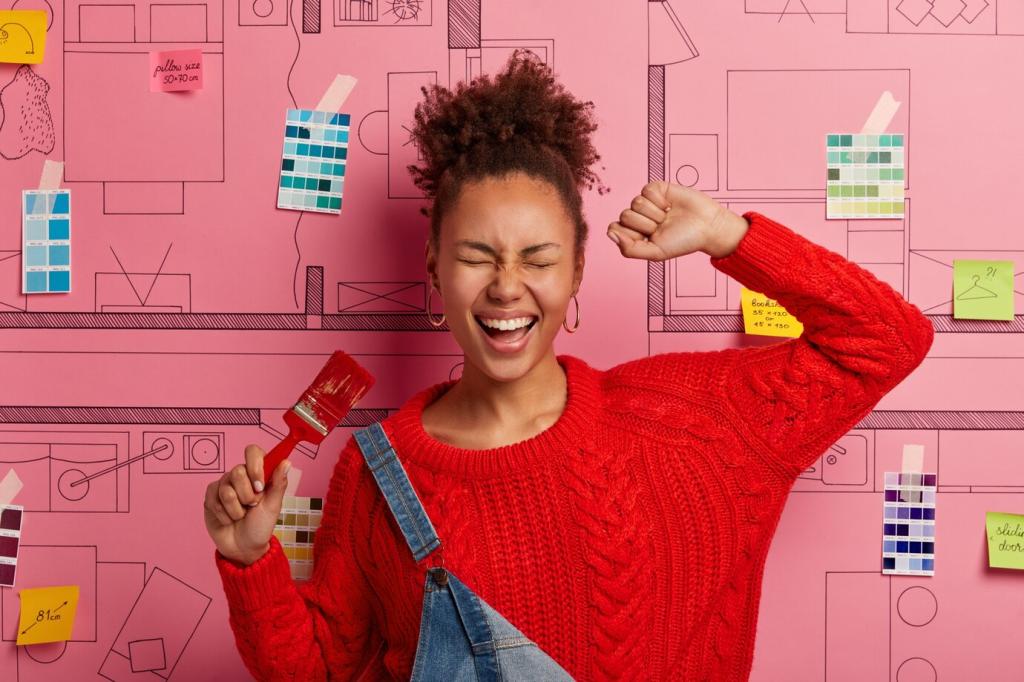
Digital Minimalism in Physical Spaces
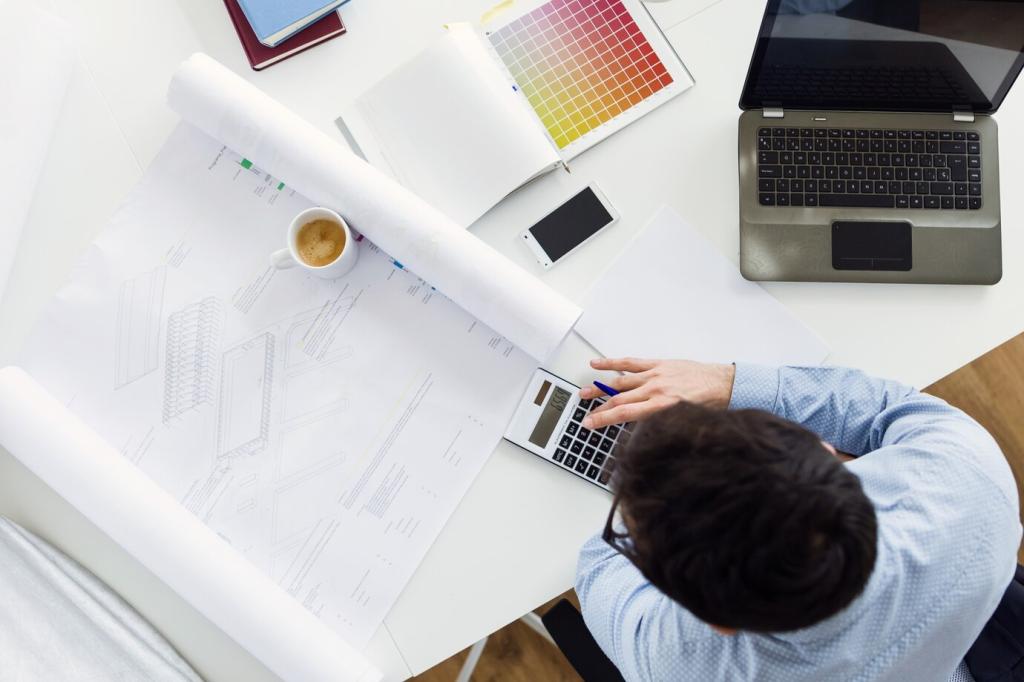
One-Inbox Rule and Clear Naming
Route messages to a single inbox and process them at defined times. Use short, verb-first folder names and simple date formats. Mirroring order on your desktop and shelves prevents drift. Share your best folder naming tip to help fellow readers tidy their files.
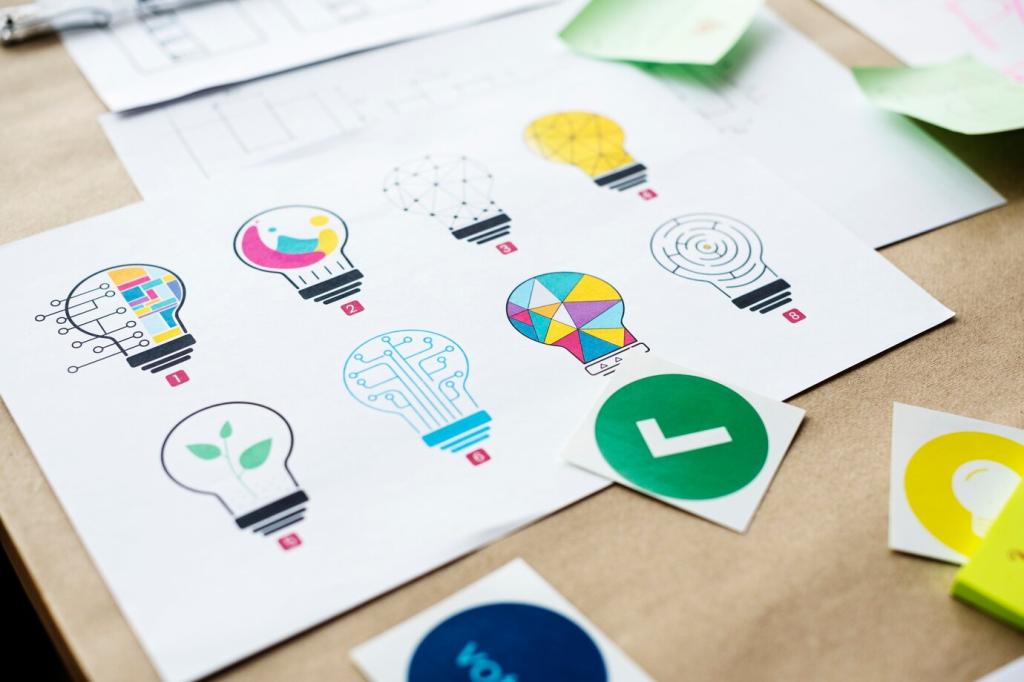
Taming Notifications and Visual Distractions
Silence nonessential alerts, batch the rest, and keep your dock minimal. Hide cables with a channel and a single power strip. The fewer moving pixels and wires in sight, the steadier your attention. What notification did you cut that made the biggest difference?
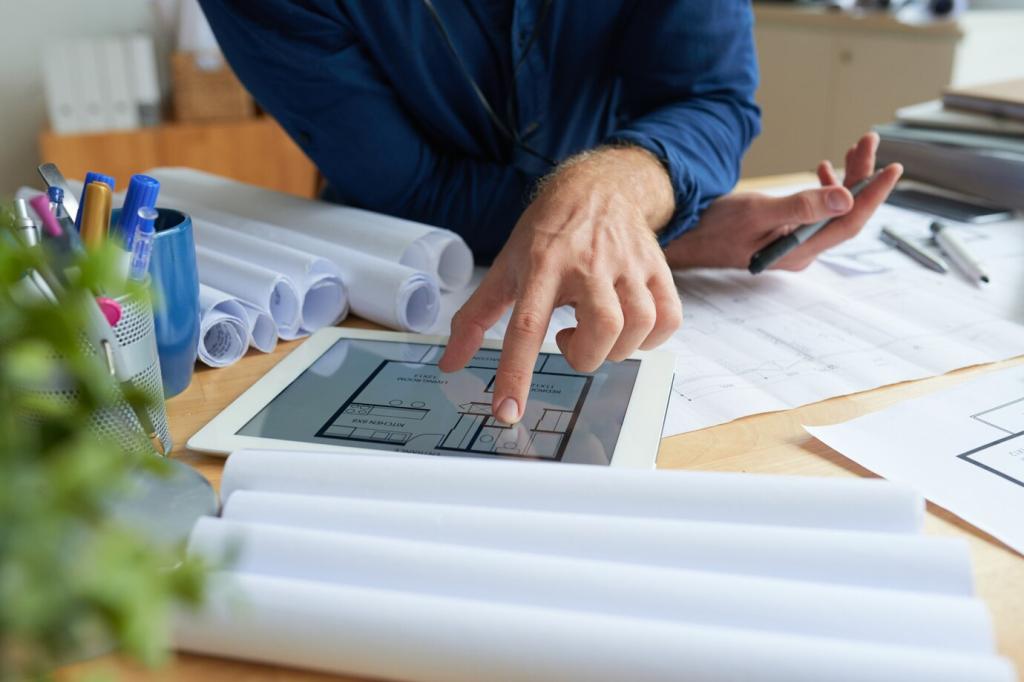
Rituals: Reset to Zero
End each day by returning tools to a home, clearing tabs, and setting tomorrow’s top three. This small ritual closes loops and protects morning momentum. Try it tonight, then report back—did your workspace feel more welcoming when you arrived?
Psychology, Performance, and Measurable Outcomes
01
Cognitive Load and Attention Windows
Fewer visual stimuli reduce decision fatigue, making it easier to enter deep work. Protect a two-hour morning window with a clean desk and silent notifications. Comment if you’ve noticed the Zeigarnik effect fade when tasks are visually contained.
02
Stress, Recovery, and Belonging
Introduce small biophilic touches—a plant, sunlight, or natural textures. Pair with breathable materials and clear surfaces to help recovery between intense tasks. How does your body feel after five minutes in your space? Describe it, then try removing one extra object.
03
Measure What Matters
Pick three metrics: weekly deep-work hours, average time-to-start, and decision latency. After simplifying your setup, measure again. Most readers report faster ramp-up and calmer afternoons. Post your numbers—your data might motivate someone to start their own reset.
Audit your real needs before purchasing. Invest in a supportive chair, a stable desk base, and durable storage. Higher quality reduces replacements and visual churn. Share a product that truly earned its keep, so others can avoid disposable alternatives.
